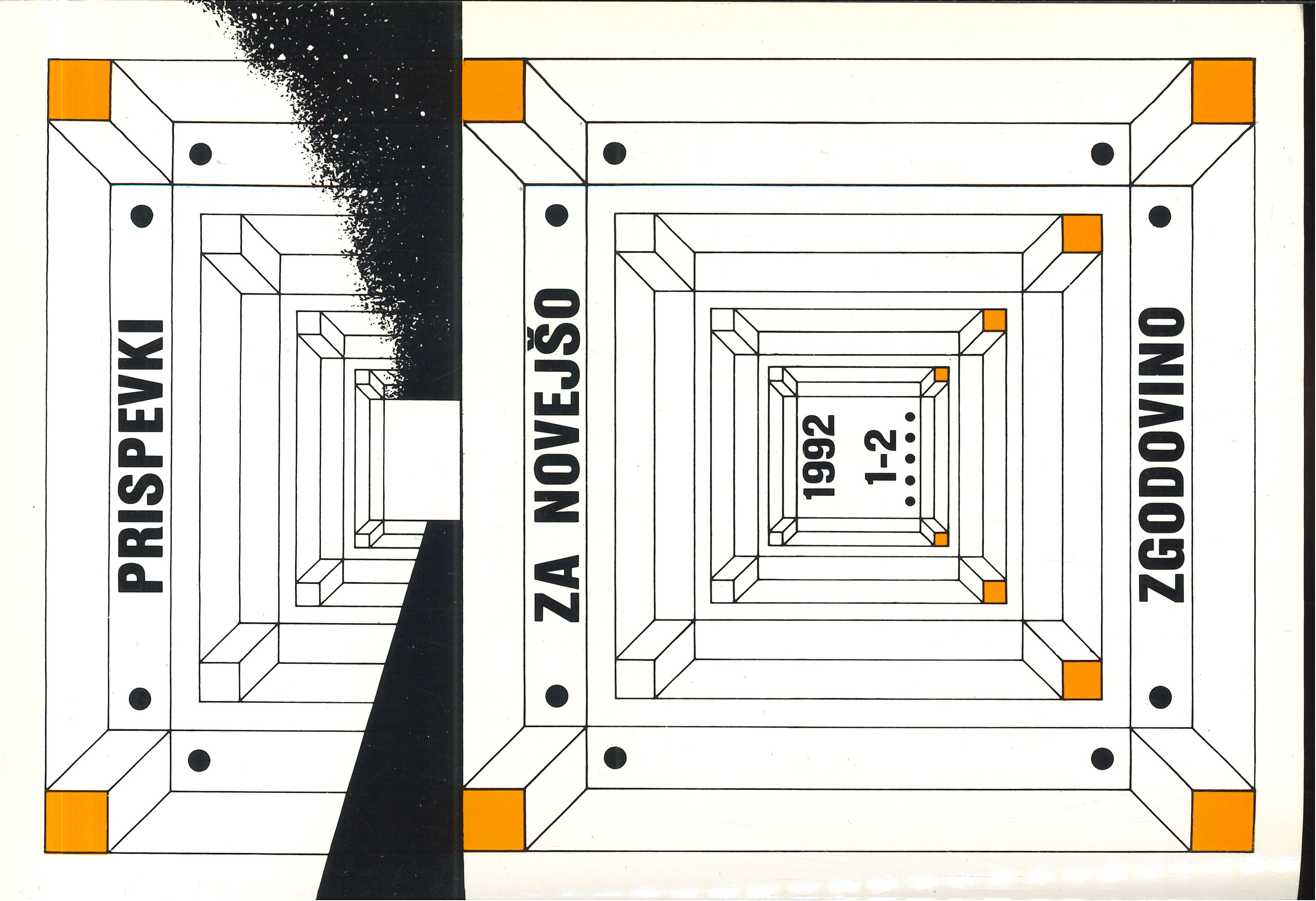The Youth of the Yugoslav Radical Union in the Drava Banovina
Keywords:
Mladina Jugoslovanske radikalne zajednice, MJRZ, Dravska banovina, 1935, unitarizem, krščanski socializem, Zveza fantovskih odsekovAbstract
The Yugoslav Radical Union (Jugoslovanska radikalna zajdenica) was founded for the whole of Yugoslavia in the second half of 1935, soon to be followed by its youth organization that was supposed to promote the principle of »state and national unity« in the spheres of politics, social services, education and sports. In Slovenia, then a part of the Drava Banovina, the Youth of the Yugoslav Radical Union (YYRU) (Mladina Jugoslovanske radikalne zajednice) was linked directly to the Slovenian part of the Yugoslav Radical Union (the former Slovenian Peoples Party - Slovenska ljudska stranka). In May 1939, the YYRU had 293 locals with approximately 11,000 members. The author establishes that YYRU was the political branch of the Unions of Boys' Sections (Zveza fantovskih odsekov) in the Drava Banovina, and that it paved the way for the Catholic sociological school - the Christian solidarity that eventually grew into the s.c. Christian social action in mid-Thirties.
Downloads
Published
Issue
Section
License
Authors who publish with this journal agree to the following terms:
- Authors retain copyright and grant the journal right of first publication with the work simultaneously licensed under a Creative Commons Attribution License that allows others to share the work with an acknowledgement of the work's authorship and initial publication in this journal.
- Authors are able to enter into separate, additional contractual arrangements for the non-exclusive distribution of the journal's published version of the work (e.g., post it to an institutional repository or publish it in a book), with an acknowledgement of its initial publication in this journal.
- Authors are permitted and encouraged to post their work online (e.g., in institutional repositories or on their website) prior to and during the submission process, as it can lead to productive exchanges, as well as earlier and greater citation of published work (See The Effect of Open Access).


